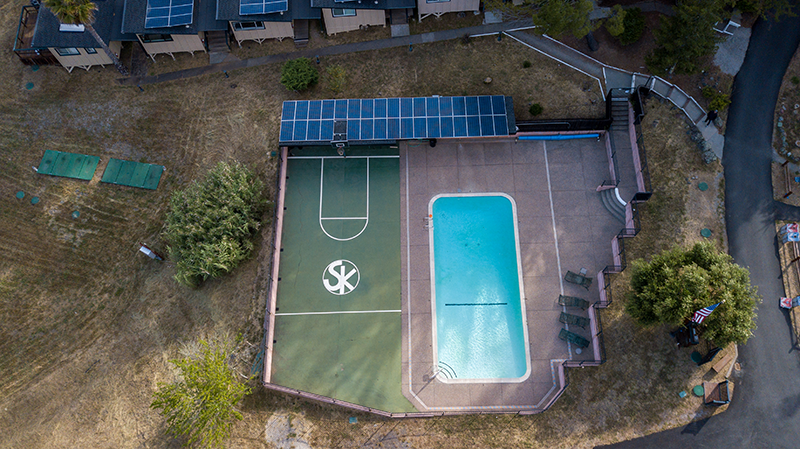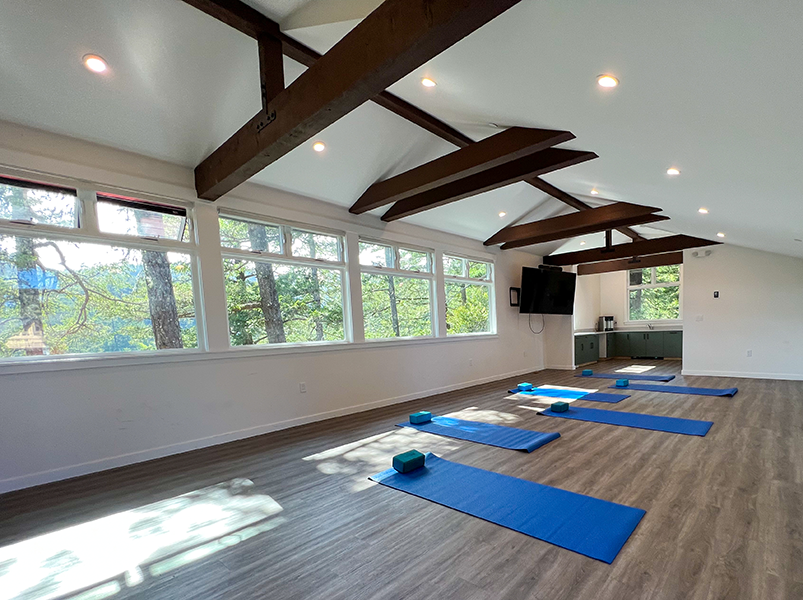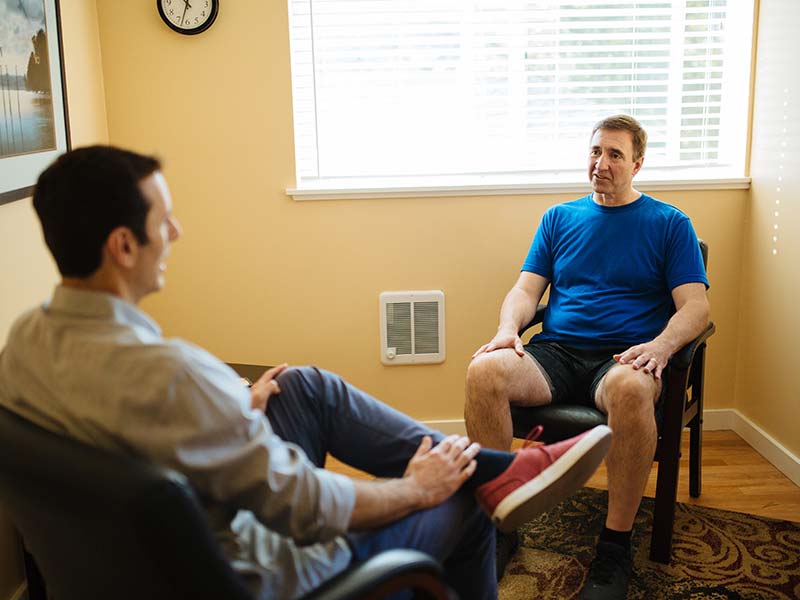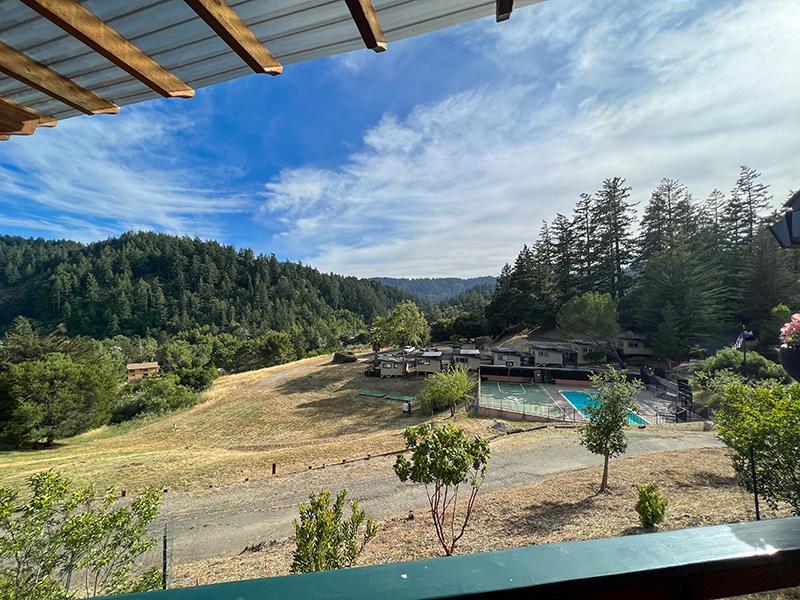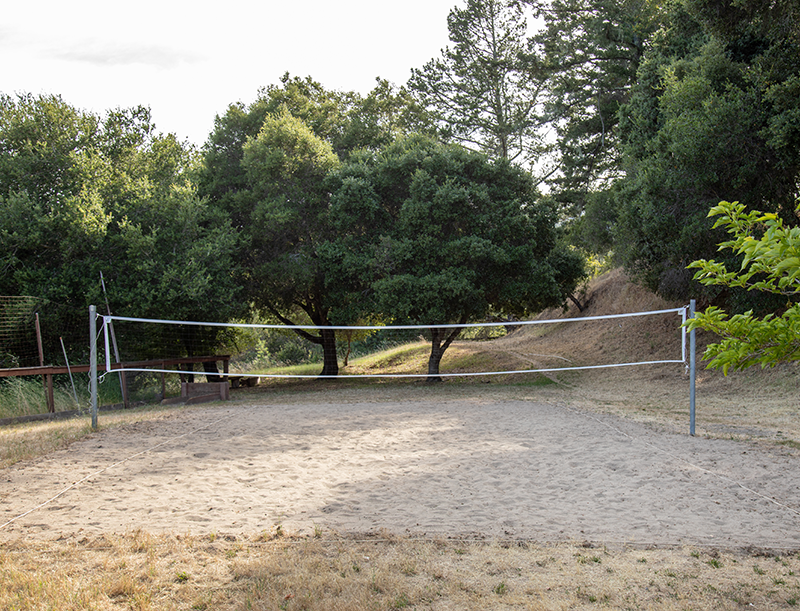Understanding Bipolar Disorder
Learn About Bipolar Disorder
Bipolar I disorder causes those with this condition to experience depressive episodes and at least one manic episode throughout their lives. Those with bipolar I disorder display mood changes that can shift from depression to anger to euphoria.
It might be startling to watch a loved one experience an episode of mania or depression, as the symptoms connected to these episodes can be hard for someone who does not suffer from this condition to grasp. The symptoms of bipolar I disorder can be agitated if substance abuse is occurring at the same time. In many cases, substance abuse presents as the primary condition while bipolar I disorder co-occurs alongside of it. However, no matter how severe these symptoms might be, there is effective care available to help the person who is impacted to begin functioning and learn how to manage symptoms. Numerous individuals who obtain treatment for bipolar I disorder do go on to live happy, healthy lives.
Statistics
Bipolar Disorder Statistics
According to the American Psychological Association (APA), roughly 0.6% of Americans are struggling with bipolar I disorder. Additionally, research has revealed that approximately 30% of individuals with bipolar I have problems functioning at work. Sadly, the risk of suicide among those with bipolar I disorder is 15 times greater than that of the overall population.
Causes & Risks
Causes and Risk Factors of Bipolar Disorder
Even though researchers are still obtaining more information about this disorder, there are few known risks factors and causes of bipolar I disorder, including:
Genetic: There are powerful genetic ties to the development of this type of mental health disorder. Those who have direct relatives who have been diagnosed with bipolar I or II are ten times more likely to develop this condition than the rest of the population. Bipolar disorder and schizophrenia are believed to share the same genetic origin, as family members with schizophrenia are more susceptible to developing bipolar I disorder as well.
Environmental: One’s environment can play a major role in the development of this condition, especially if that individual is genetically predisposed to bipolar I disorder. This disorder is not common in low-income countries, as 1.4% of those in high-income countries struggle with bipolar I disorder compared to 0.7% of those in low-income countries. Individuals who have not been married or who are currently married have a lesser likelihood of developing bipolar I disorder than those who have been separated, divorced, or widowed. However, according to the APA, relationship status might not be a cause of bipolar I disorder, but a potential correlation instead.
Risk Factors:
- Substance abuse may lead to an onset of symptoms when an individual has a genetic predisposition
- A family history of schizophrenia, bipolar I, or bipolar II disorder
- Being separated, widowed, or divorced
- Living in a more developed or higher income country
Signs & Symptoms
Signs and Symptoms of Bipolar Disorder
Those who have been diagnosed with bipolar I disorder have experienced at least one episode of mania before or after an episode of depression or hypomania. These episodes can become more severe when bipolar I disorder is a co-occurring condition alongside of a substance use disorder.
Manic episode: A manic episode occurs when an individual experiences a mood that is elevated, irritable, and expansive, which lasts for the majority of the day, each day, for at least one week. Manic episodes significantly impact an individual’s everyday life, and can make functioning on a daily basis seem impossible. Signs of mania can include:
- Agitated movements
- Decreased need for sleep or rest
- Increased distractibility
- Racing speech
- Engaging in risky behaviors, such as overspending, driving recklessly, acting out sexually, or abusing drugs or alcohol
- Racing thoughts
- Beginning (and not necessarily completing) elaborate projects
Major depressive episode: Major depressive episodes dramatically affect every day functioning. These episodes include a minimum or five symptoms that occur over a span of two weeks. These symptoms can include:
- Inability to make decisions
- Presence of depressed mood more than half of the day, nearly every day
- Recurrent thoughts of death or suicide
- Loss of energy or fatigue
- Feelings of worthlessness
- Inability to concentrate
- Weight loss or weight gain due to changes in appetite
- Sleeping too much or too little nearly every day
- Lack of interest in things that were once enjoyable
- Feelings of excessive or elaborate guilt or shame
Lasting Effects
Effects of Bipolar Disorder
Without treatment, those who struggle with bipolar I disorder can experience a variety of different effects, especially when their bipolar I disorder is co-occurring alongside of a substance use disorder. Some of these effects might include:
- Impairments in thinking
- Worsening of symptoms over time
- Relationship conflict
- Conflicts in business, work, or school
- Struggles finding and keeping employment
- Substance abuse
- Financial difficulties due to manic spending, engaging in dangerous behaviors, and/or job loss
- Self-harming behaviors, suicidal thoughts, or suicide attempts
Co-Occurring Disorders
Co-Occurring Disorders
Those who are diagnosed with bipolar I disorder often struggle with more than one mental health concern. In many cases, bipolar I disorder exists at the same time as a substance use disorder. Substance use disorders are commonly diagnosed at the same time as bipolar I disorder because the symptoms of this disorder tend to cause individuals to self-medicate or experiment with drugs and alcohol without considering the effects of doing so.
In addition to substance use disorders, the following are the mental disorders that may impact the lives of those with bipolar I disorder:
- Attention-deficit/hyperactivity disorder (ADHD)
- Intermittent explosive disorder (IED)
- Oppositional defiant disorder (ODD)
- Conduct disorder


